The Effect of Brain Tumors on the Connectome
Using a Neural Network to Identify Brain Tumors and Examine Their Effect of the Connectome
Did you know that over 700,000 Americans are currently living with a brain tumor? And most of these people will continue living with their brain tumor, maybe for the rest of their lives 🤯!
Since 70% of brain tumors are beginning, it is not uncommon for someone to be living with a brain tumor, and have limited effects from it. Even the 30% of tumors that are cancerous might not cause immediate death. But, what do these lumps of out-of-control cells actually mean for the make-up of your brain? And how does this affect you?
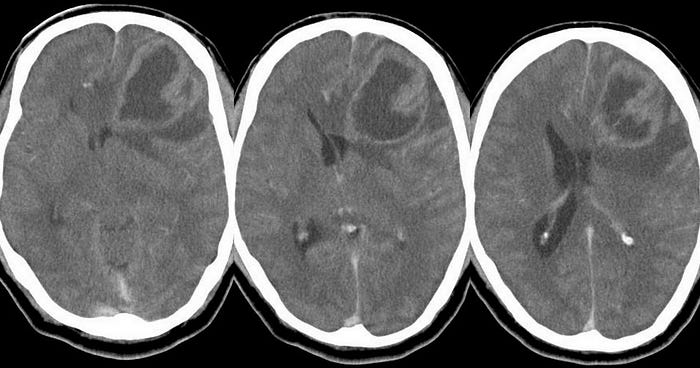
Understanding Brain Tumors
As you probably know, a tumor is a lump or bump caused by abnormal growths of cells, and obviously, a brain tumor is one of those lumps found in the brain.
Tumors can begin or malignant. Begin means that it is noncancerous, which makes up 70% of brain tumor diagnoses. Malignant means that it is cancerous, or can spread, and that makes up only 30% of brain tumor diagnoses.
There are over 120 different types of brain tumors! But, the most common ones are Glioblastoma and Metastatic (which means it occurred from cancer somewhere else). Glioblastomas are often lethal, but with new treatments such as immunotherapy, you can live longer with them!
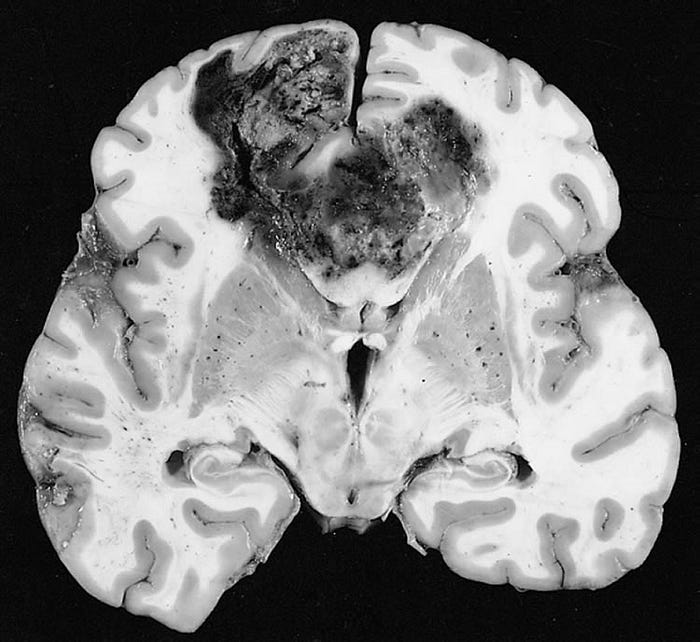
Every brain tumor is different, but there are few symptoms that are common among all brain tumors. These include but are not limited to:
- New onset or change in the pattern of headaches
- Headaches that gradually become more frequent and more severe
- Unexplained nausea or vomiting
- Vision problems, such as blurred vision, double vision or loss of peripheral vision
- Gradual loss of sensation or movement in an arm or a leg
- Difficulty with balance
- Speech difficulties
- Confusion in everyday matters
- Personality or behavior changes
- Seizures, especially in someone who doesn’t have a history of seizures
- Hearing problems
So, we know about the physical symptoms, but how does a brain tumor really affect the physical makeup of the brain? To find this out, first, we have to identify the brain tumors!
Creating a Neural Network to Identify Brain Tumors
So how do brain tumors even get diagnosed? Once you start to show symptoms, or if your doctor suspects you might have a brain tumor, your doctor will order a picture of your brain called an MRI. An MRI allows your doctor to see what is going on in your brain. From these pictures, we can determine whether or not you have a tumor.
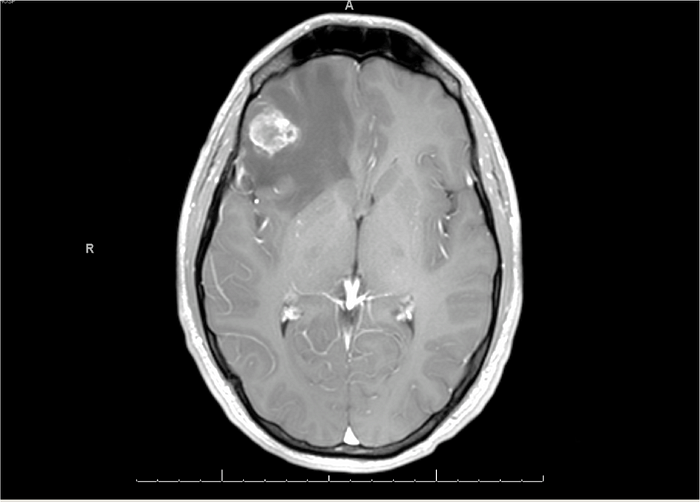
Well, some tumors are very big, most of them (especially if you don’t have horrible symptoms) are pretty small! This makes a problem though because it can be hard to see them on an MRI, which means the doctor might not see it. So what’s the solution, using the thing created by humans that is smarter than humans…a computer!
To build our neural network, first, we need to set up our platform, Jupyter notebook. To do this we are going to download some packages we need:

Now that we have our notebook up, we can start to set up our training data! First, we are going to fit our data using this code:

After that, we are going to import our training data using flow_from_directory, as well as make some modifications to our images, so they are easier to use.

For the location, you want to fill in the location of your dataset. Finally, we are ready to start building our network! To do this, we are going to use cnn.add to add layers using the keras library. This is going to help us pool, visualize, and analyze the data.

Now, we can fit our data into the neural network training!

A few more pieces of code, and we built our neural network! The last part puts in our test data (instead of our training data like before) and displays the results.

And the result should be…

Yay, we did it! So now that we have identified our brain tumors, we can look at how they affect our connectome.
Brain Tumors and the Connectome
Before we start looking at the brain tumor’s effect on your connectome, let’s review what a connectome is. A connectome is the network of neural connections in your brain. It is what helps you remember, learn, and even act!

Every time you learn something, the shape of your brain physically changes, as in it becomes more wrinkly! This change also happens on the inside of your brain, as a new connection is made. But, when something (like a brain tumor) infers it can mess up your connections and make it hard to do anything. So how does this happen?
To study how the connectome is disrupted, we need to compare it to a healthy study. Here, we use a healthy participant and then an ill participant with a noncancerous medium side brain tumor.
The first thing we look at is the connections from the hippocampus to other parts of the brain. Remember, the hippocampus is responsible for memory and learning.
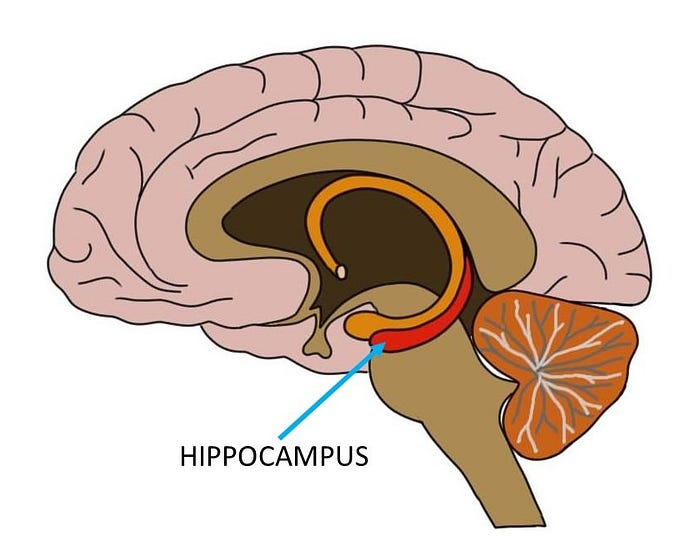
In the healthy participant, there were positive correlations (which just means a positive interaction or increase in interaction) from the hippocampus to the ipsilateral hemisphere, which is responsible for limb coordination.
But, when the same interaction was looked at in the ill participant, no correlation was detected from the hippocampus to the ipsilateral hemisphere. This means that the connections between that region were missing, which would result in difficulty remembering how to do certain tasks, such as pick up items.
In this case, the brain tumor interrupted the connections in the connectome between the hippocampus and the ipsilateral hemisphere. The bigger the tumor, the more likely the patient would notice a disruption in their daily life. This could include the inability to walk or something small like forgetting how to pick up a ball for a moment.
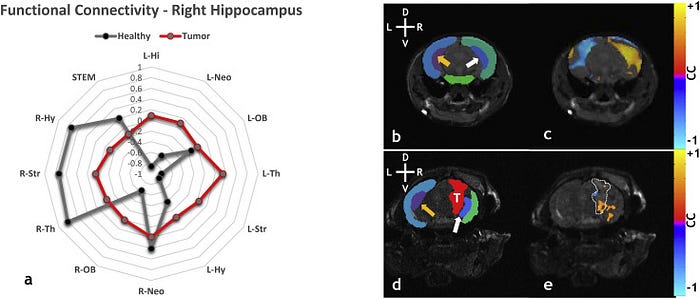
Next, we look at the disruption of the resting-state network (brain activity during the resting state) and its effect on the intrahemisphere of the brain (or the inside region).
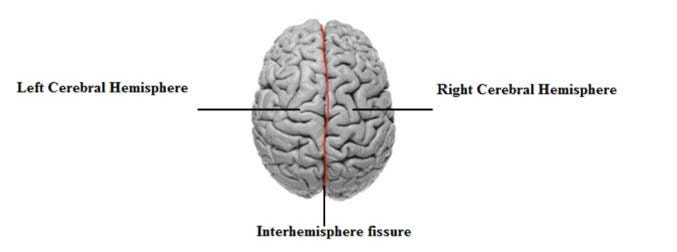
In this study, the healthy brain showed positive correlations between the quadrants in the intrahemipshere. This part of the brain is responsible for communication and auditory processes. As a result, the healthy brain had increased connections relating to auditory processes during the resting state.
But on the other hand, the tumored brain showed negative correlations between the quadrants. Unlike the last experiment, where the brain tumor completely interrupted the connections, in this experiment the brain tumor changed the interactions happening. The negative correlations meant that instead of increased auditory processes, the participant has less auditory function.
Specifically, in this example, we see how the brain tumor often times shifts the connections or changes their result, instead of just completely interrupting them. This would result in a less significant change for the patient, because they would still be performing the action, but just not in an intended way.

Results
So, what do we know now? First, we learned how to detect brain tumors using a neural network. Using jupyter notebook, we can set up a neural network, train it with data from mRIs, and then produce a result based on test data. This helps us better identify brain tumors with more efficiency and accuracy, which could help a patient get treatment earlier.
Once we identified the patients with brain tumors in our dataset, we used it to look at the effect brain tumors have on the connectome. We learned that sometimes a brain tumor completely interrupts the connections, like in the hippocampus and ispsihemisphere region. Other times, it just shifts the connection or changes the function, like in the intrahemisphere region.
No matter what, the brain tumor has a impact on the connectome. A small brain tumor might make small changes, like forgetting how to pick up something, where a bigger tumor may have a long-lasting impact, such as losing your ability to walk.
By understanding the impact a brain tumor has on the connectome, we can better come up with treatments to lessen the negative impacts. With this data, we can personalize treatment to each patient, with the goal to make the impact of the brain tumor nonexistent!
If you’ve made it this far, thank you! I am a 15-year-old who is interested in regenerative medicine, biocomputing, and public health. If you want to see me continue to grow and 10X myself, sign up for my newsletter here!
